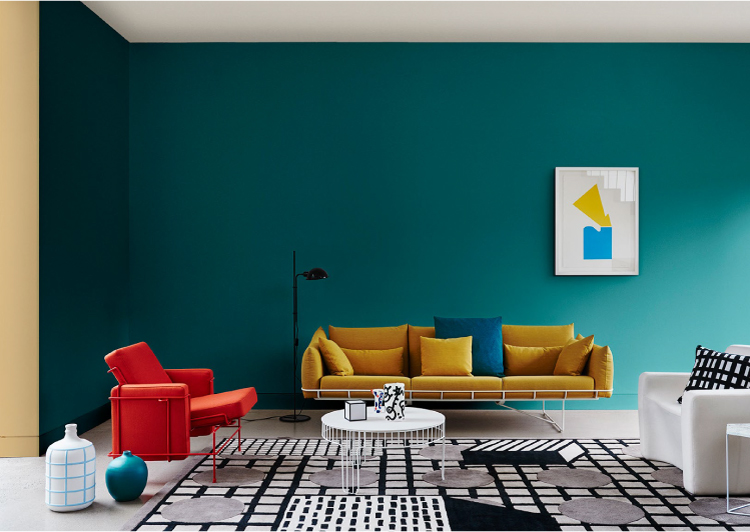Printing has been in my family since 2004; when I was just 13 years old my parents came bounding home with the exciting news that they are taking over a company called Mereton Textiles.
The company focuses specifically on sublimation printing and I quickly found ways to print absolutely everything, starting with a home economics project in year 10 textiles class, then many university projects and eventually some of my own personal swimsuit and dressmaking projects.
I love being able to turn plain old boring white fabric into something wonderfully amazing, covered in different colours and motifs. Each and every roll of fabric can be transformed into a completely unique one.
It was only recently that I found myself in a discussion about printing with a new friend, asking me all the inner workings of the industry. She was fascinated by the concept, and asked me when sublimation printing was invented and how anybody could have ever thought up the process.
This got me thinking! Who did invent sublimation printing? How did they come up with the idea? Surely it was a process of more simplistic printing styles that eventually evolved to get to sublimation printing? I was stumped, I knew so much about how to sublimate print yet I didn’t know anything about how it all began.
So, I began researching and realised that the history of printing dates back to ancient China before the year 220! We have a lot of interesting information to cover, so this post is going to be Part 1 of a series called “History of Printing”
Lets start with the oldest and simplest way of printing: Wood Block Printing.
Here is an excerpt from Wikipedia – Textile Printing page describing the technique:
A design is drawn on, or transferred to, prepared wooden blocks. A separate block is required for each distinct colour in the design. A blockcutter carves out the wood around the heavier masses first, leaving the finer and more delicate work until the last so as to avoid any risk of injuring it when the coarser parts are cut. When finished, the block has the appearance of a flat relief carving, with the design standing out. Fine details, difficult to cut in wood, are built up in strips of brass or copper, which is bent to shape and driven edgewise into the flat surface of the block. This method is known as coppering.
The printer applies colour to the block and presses it firmly and steadily on the cloth, striking it smartly on the back with a wooden mallet. The second impression is made in the same way, the printer taking care to see that it registers exactly with the first. Pins at each corner of the block join up exactly, so that the pattern can continue without a break. Each succeeding impression is made in precisely the same manner until the length of cloth is fully printed. The cloth is then wound over drying rollers. If the pattern contains several colours the cloth is first printed throughout with one color, dried, and then printed with the next.
This process is the earliest, simplest and slowest of all printing methods. It is, however, capable of yielding highly artistic results, some of which are unobtainable by any other method.
The earliest surviving examples of printing on cloth come from China over 2,000 years ago, using this wood block method. The method then spread to India and then to Europe hundreds of years later.
Wood Block printing remained a common method of printing in Asia until the 19th Century, when it was replaced by more modern developments.
Originally wood block printing was only used for printing onto cloth however later it became a method used for printing to paper as well.
For some more in depth and extremely interesting reading you can download this PDF I discovered from a UK website Heritage Museum.
https://www.heritagemuseum.gov.hk/documents/2199315/2199693/Chinese_Woodblock_Printing_E.pdf
Thanks for the information: https://en.wikipedia.org/wiki/Textile_printing#Hand_block_printing
https://study.com/academy/lesson/block-printing-history-techniques-quiz.html
Thanks for the image: https://www.instructables.com/id/Creating-cutting-and-printing-your-own-woodblock/




